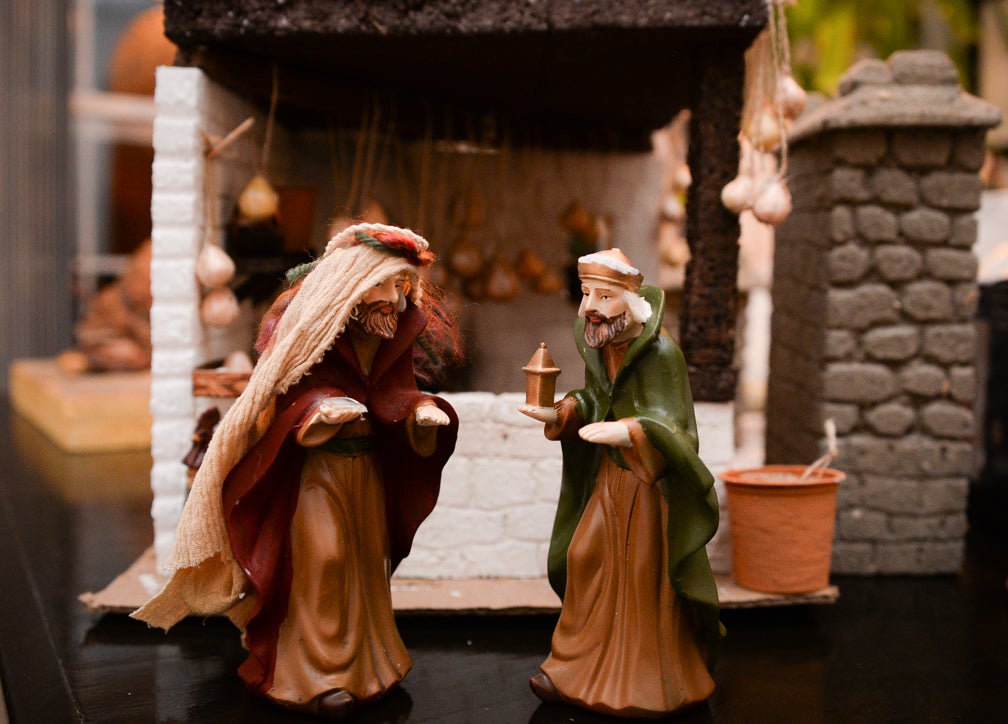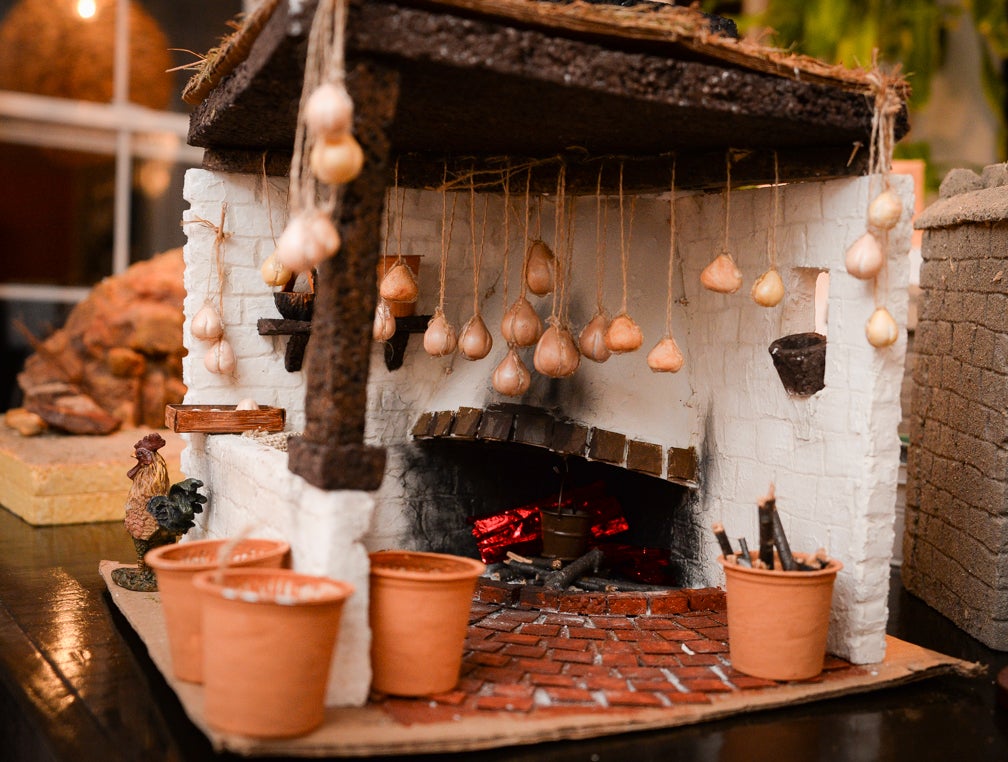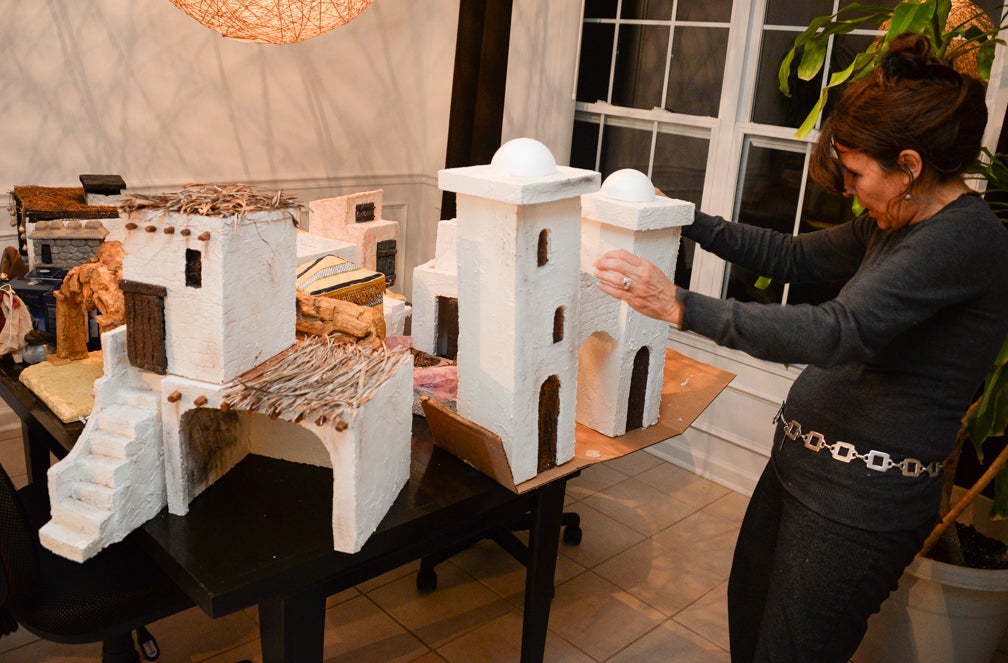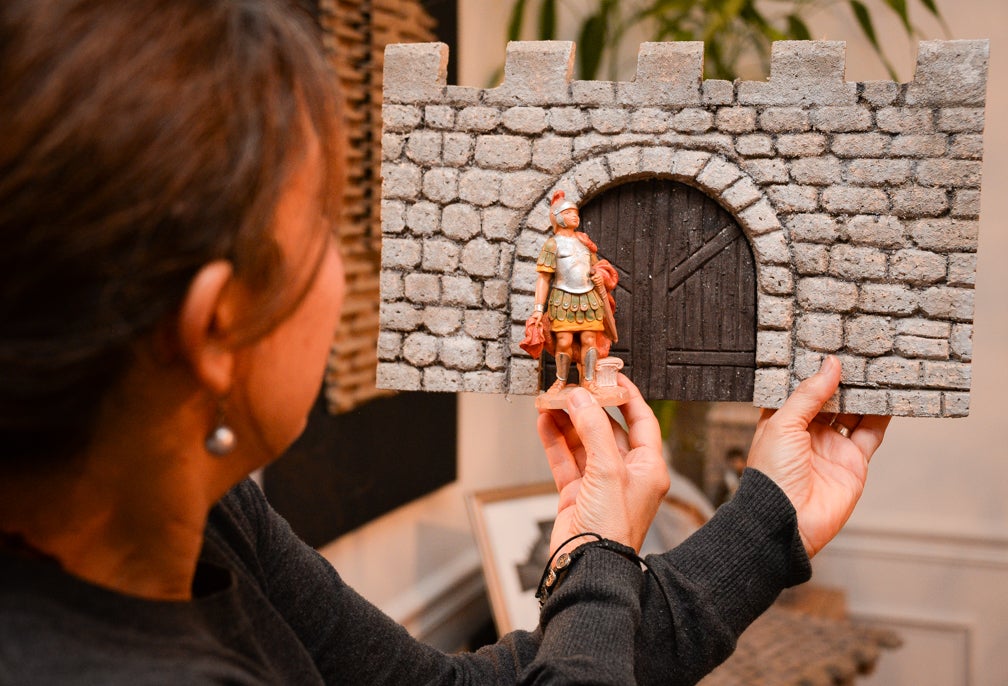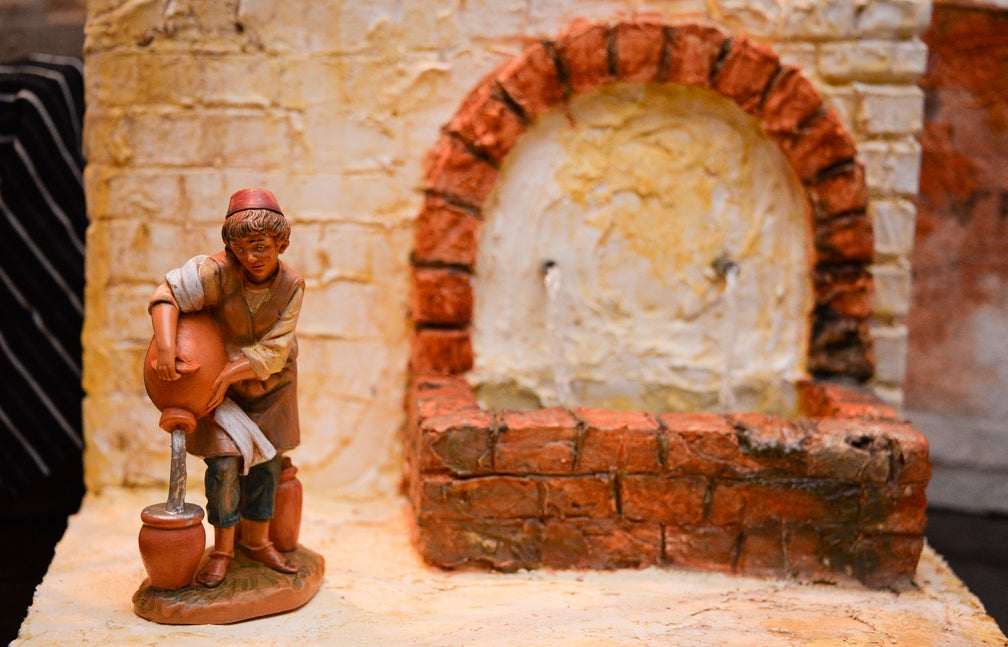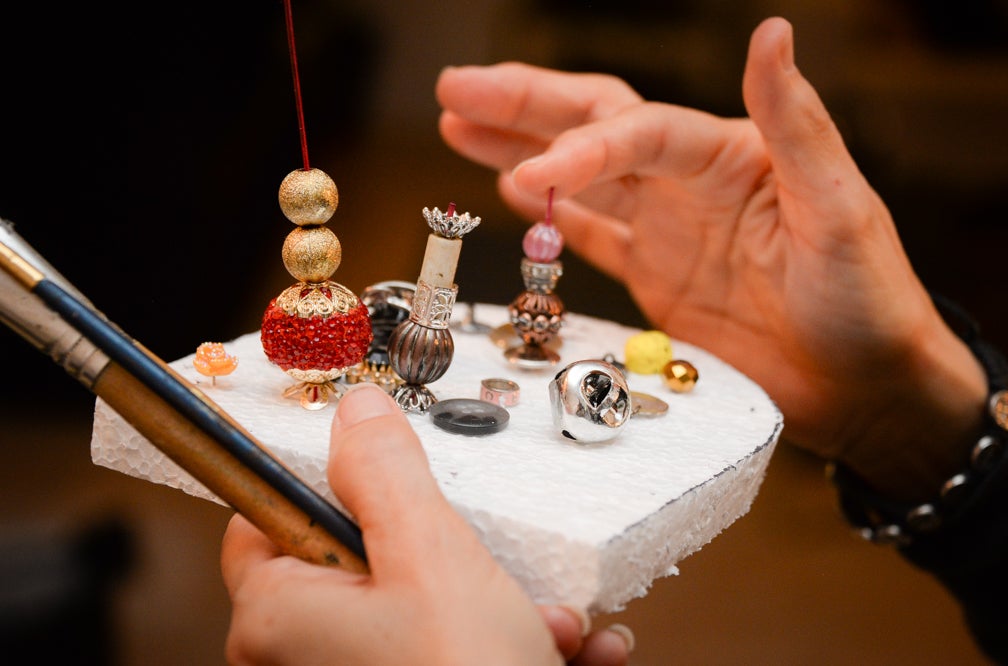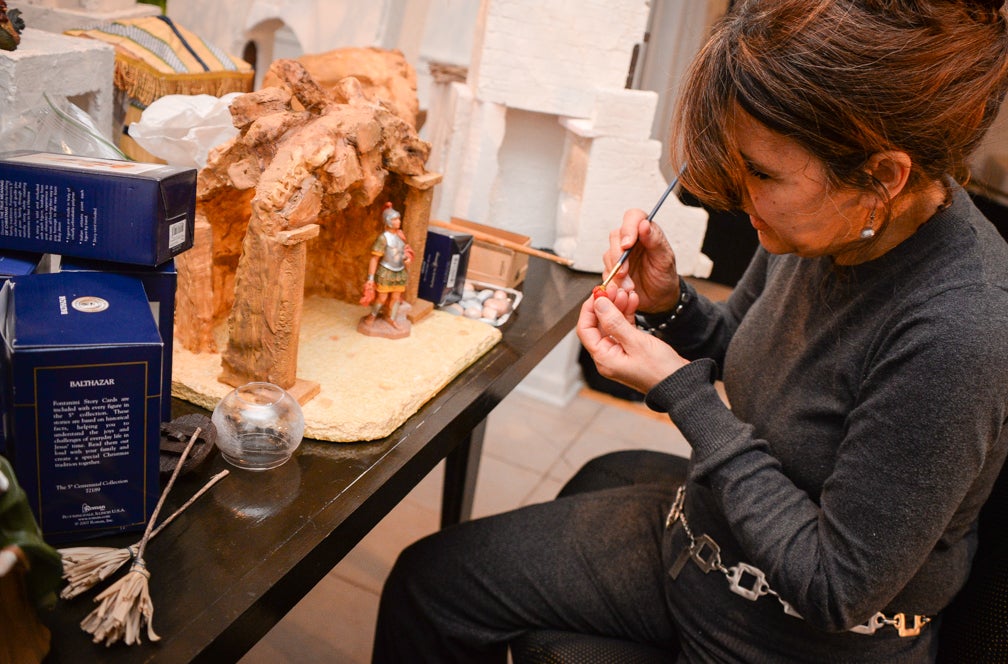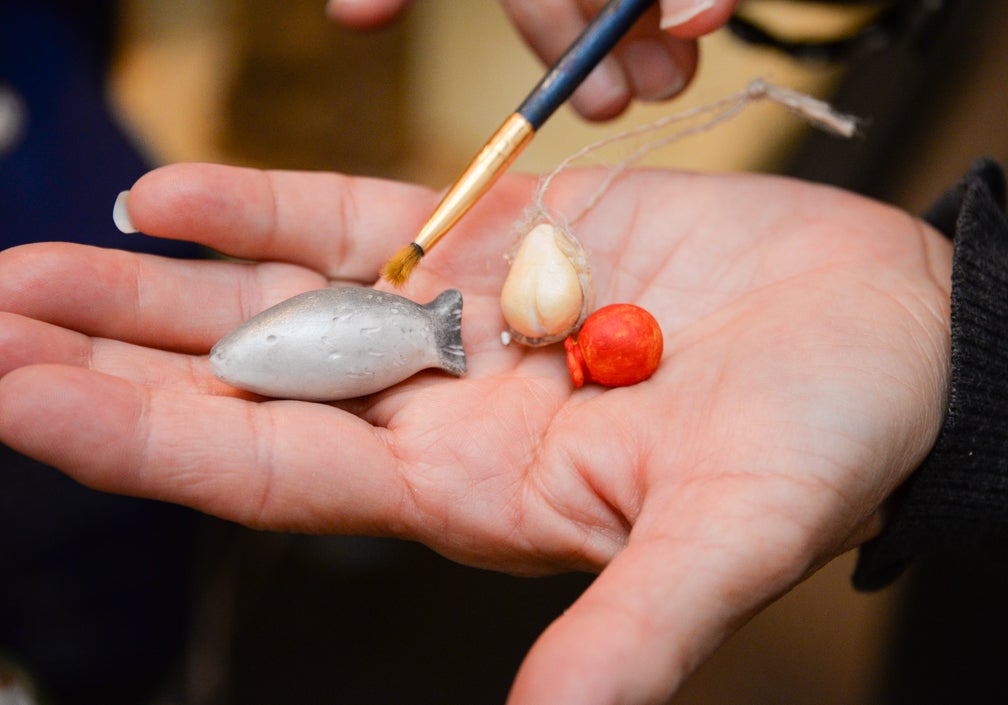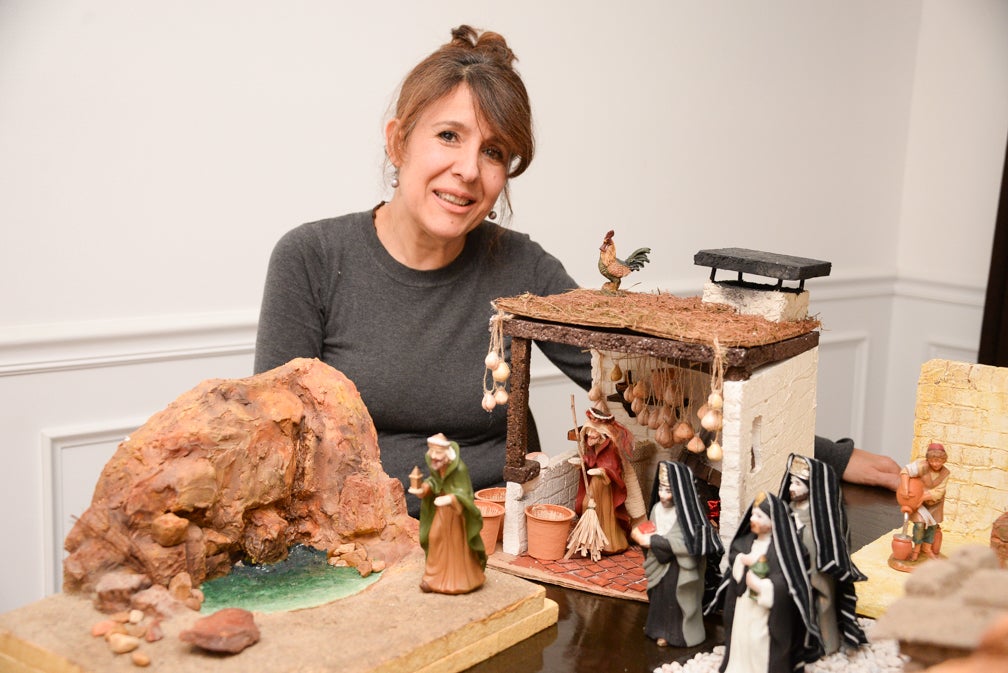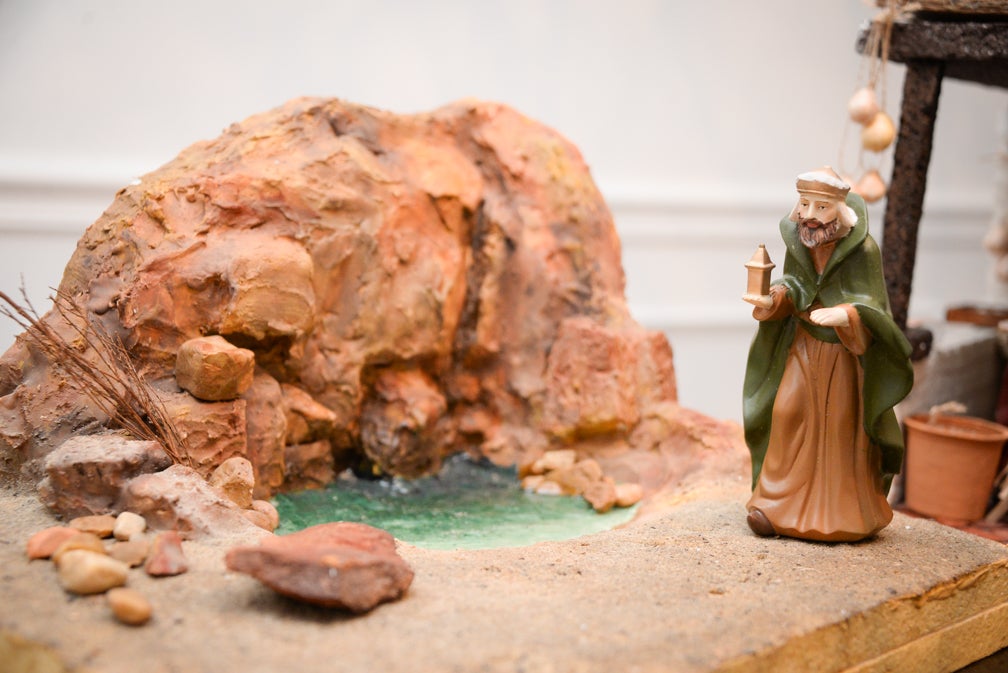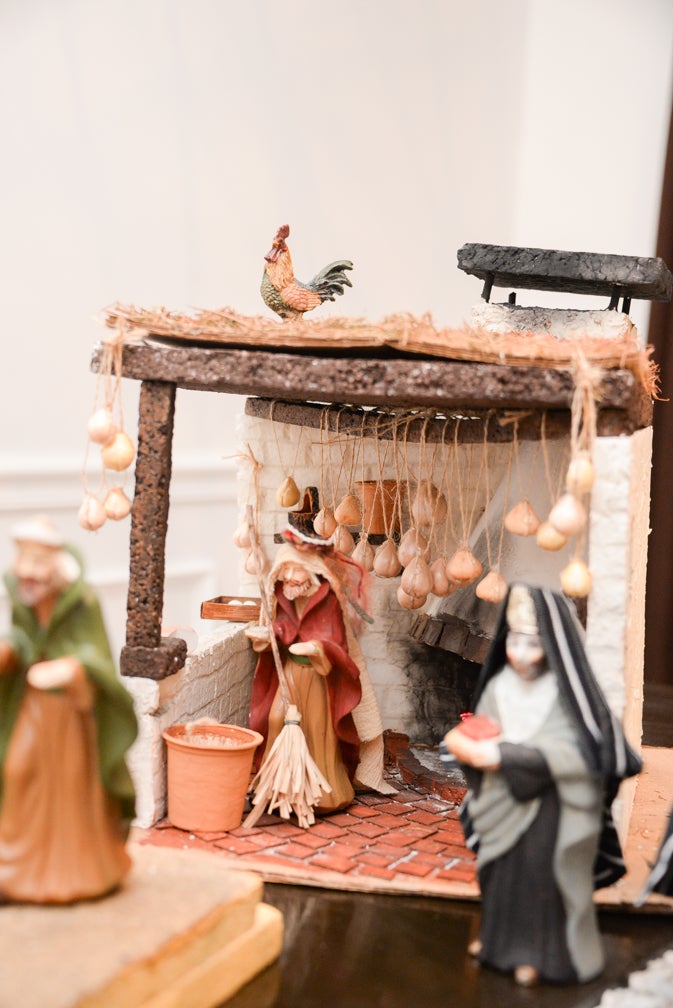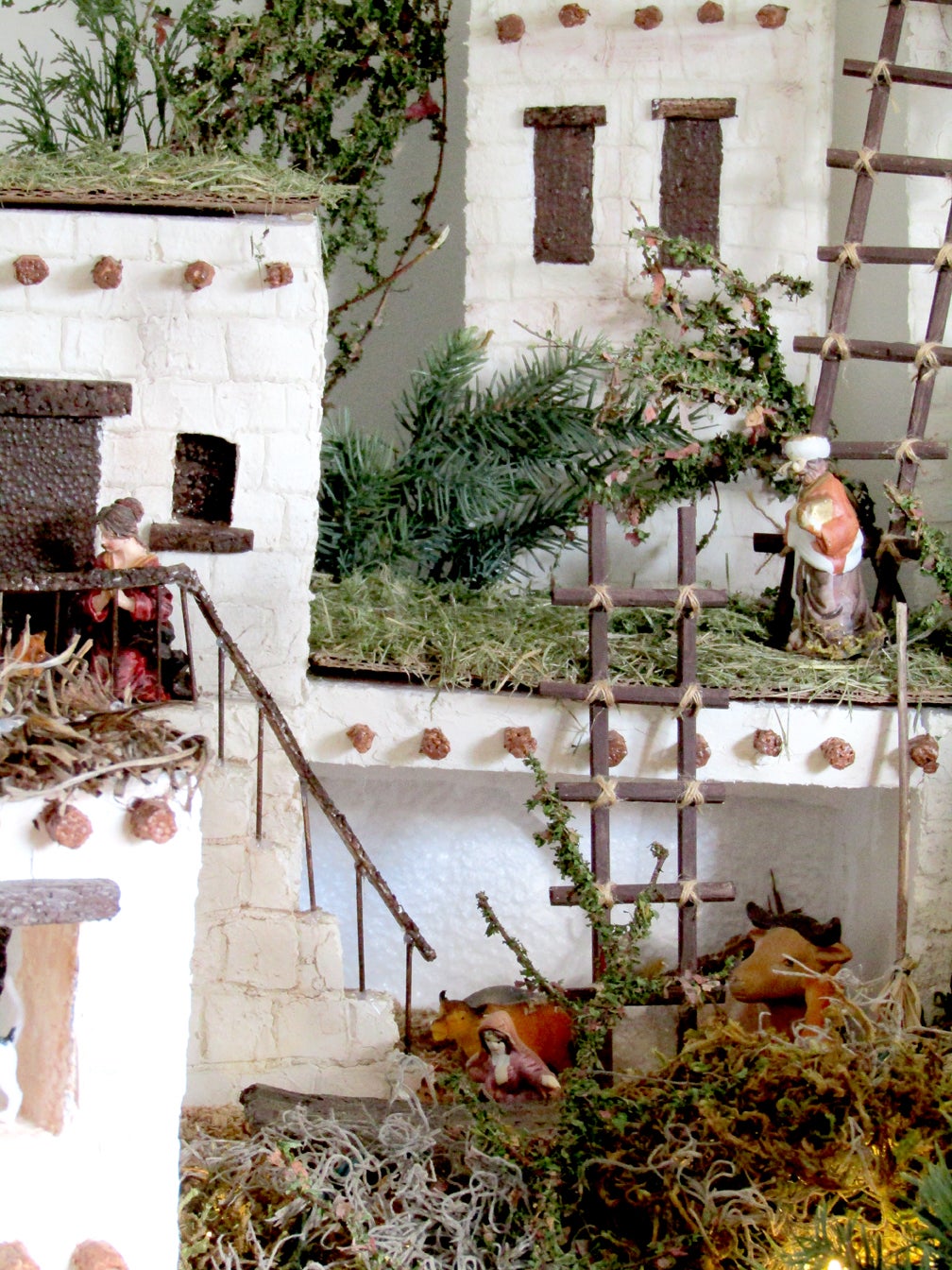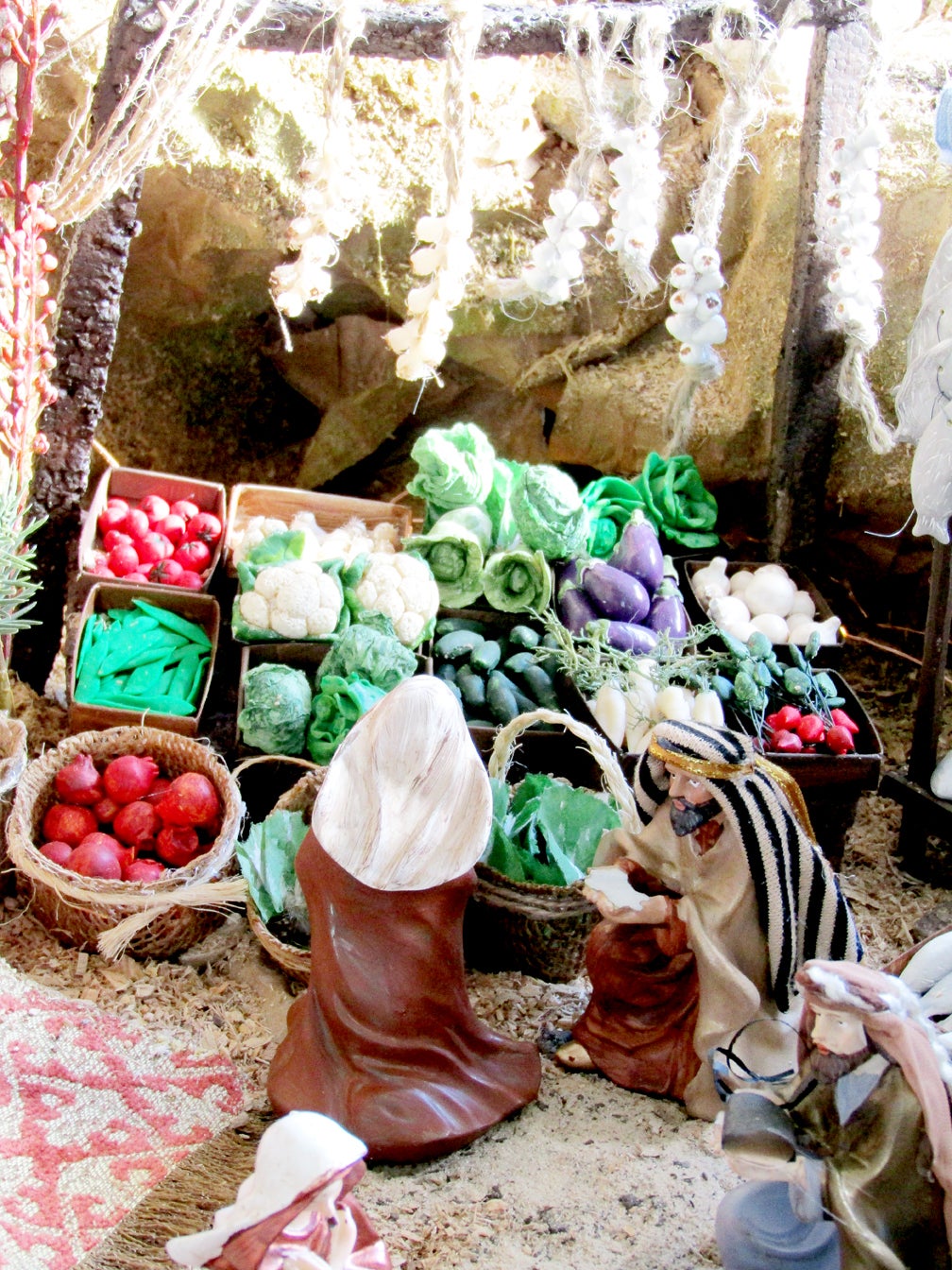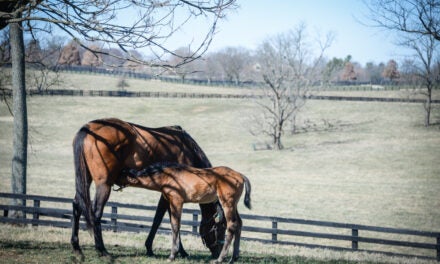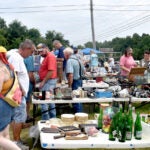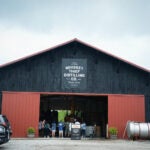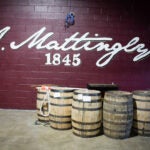On Dec. 31, 2016, Silvia Viso couldn’t sleep.
After attending a New Year’s Eve mass at Good Shepherd Catholic Church with her husband, Julian, and son, Julian Jr., she had a burning in her heart to do something.
“When I woke up, I told them I was going to make the nativity,” she said of the passion that motivated her to construct a massive scene that soon consumed an entire room in their Silver Lake home. “I was inspired to do this. I’ve done it with so much joy.”
Viso’s nativity is more than a simple manger scene. Born in Argentina and raised in Central America, she remembered the large nativity scenes that are a Christmas tradition in the southern hemisphere. It was something she didn’t find in America — so she set about building her own.
Though she doesn’t consider working on the nativity as a New Year’s resolution, on the first day of 2017, she set about her task.
Incorporating both Bethlehem and Nazareth into the nativity, Viso mostly used recycled or donated materials. She etched and painted Styrofoam to form homes, tables and market stalls. She also used jewelry to make hookahs, — waterpipes used for smoking. A few other mediums she dabbled in included cardboard, clay, perfume bottles and plastic juice bottles.
“I didn’t spend a lot of money. A lady at JOANN Fabric and Crafts and the art teacher at the middle school helped me out,” she said. “It was amazing. I had so many people that wanted to help me. When I had a new idea or a need, I would get it easily.”
To look at the nativity, which includes intricate details into the lives of its people, one would never know it was made by hand. Fishermen cast lines into a stream that runs through the scene. Lights glow throughout.
Viso explained how she researched each and every piece, as she picked up the high priest, the only person allowed to enter the temple.
“I studied the costumes of the time Jesus was born and all the details are from the Bible,” she remarked, adding that she went as far as to construct three different types of sandals used during the time period. “(The high priest) wore bells (on the hem of his robe) so townspeople could hear him moving around. If they didn’t hear the bells for a while, they knew something was wrong.”
The scene also tells stories of the people of the time. In the marketplace, vendors sell tiny loaves of bread, fish and spices, among other things.
In the past year, she has added a huge Roman castle, complete with towers and walls, and a house that puffs smoke from the chimney. Viso has also constructed numerous caves, mountains, houses, an oasis with fake water that looks realistic and Hebrew water fountains.
“I also have more children, pregnant women and Hebrews, that I have been collecting through the year,” she said.
Viso’s labor of love is not for her family alone. The community is welcome to visit the nativity scene at their home, 213 Jeff Court. Like last year, the family plans to leave it up through the new year, perhaps until February.
“I did this for children — they don’t get to see a lot of nativities,” she added. “This nativity is meant to touch the lives of people with no or little beliefs and to bring back the real purpose of Christmas.”

